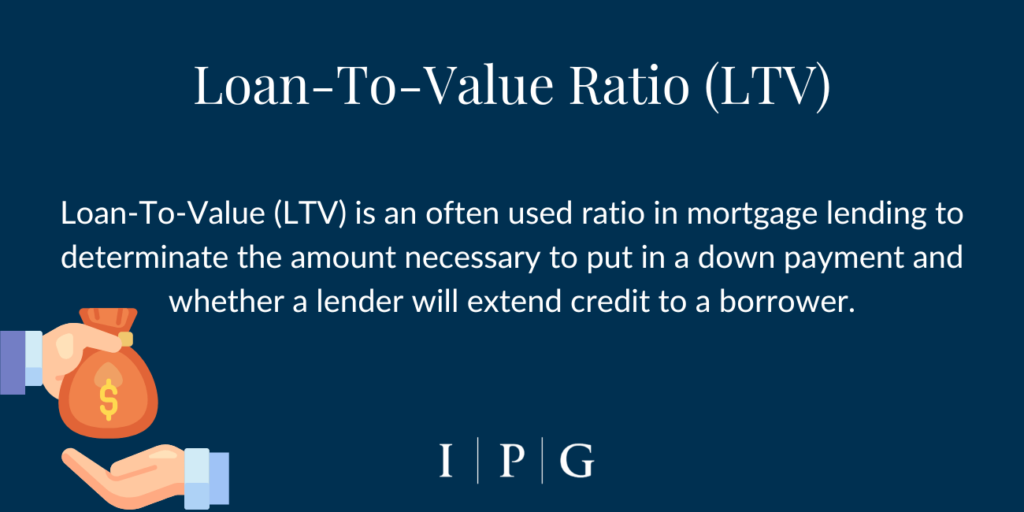What Is a Tenant Improvement Allowance?

A Tenant Improvement Allowance (TIA) is a financial incentive offered by landlords to tenants to cover the costs associated with customizing or renovating a leased commercial space. This allowance helps tenants prepare the space to meet their specific operational needs, enhancing its functionality and aesthetic appeal. Typically, the TIA is part of the lease agreement, and its amount is negotiated between the tenant and landlord.
Understanding how TIAs work can significantly impact the financial feasibility of leasing a commercial property.
What Are Tenant Improvements?
Tenant improvements refer to the modifications and upgrades made to a rental space to tailor it to the tenant’s business requirements. These improvements can include installing new flooring, updating lighting fixtures, adding partition walls, and other structural changes. Tenant improvements ensure that the leased space is functional and conducive to the tenant’s business operations, thereby enhancing productivity and efficiency.
How Does Tenant Improvement Allowance Work?
The tenant improvement allowance is structured as part of the lease agreement. Once negotiated, the landlord agrees to provide a specified amount to cover the renovation costs. The process usually involves the tenant paying for the improvements upfront and then being reimbursed by the landlord upon completion.
This reimbursement can be a lump sum or based on receipts submitted for the incurred expenses. The TIA helps mitigate the initial financial burden of setting up the new space, making it more accessible for tenants to customize the property to their needs.
What Is A Reasonable Tenant Improvement Allowance?
A reasonable tenant improvement allowance varies based on factors such as the property’s location, the building’s condition, and the lease terms. Generally, TIAs range from $10 to $100 per square foot, depending on the scope of the required improvements and the market standards. In competitive real estate markets, landlords may offer higher TIAs to attract and retain high-quality tenants.
It’s essential for tenants to negotiate a TIA that adequately covers their renovation costs while aligning with their business goals.
How to Calculate Tenant Improvement Allowance
Calculating a tenant improvement allowance involves assessing the total cost of the proposed improvements. This includes obtaining detailed quotes from contractors for labor and materials, as well as estimating costs for permits and design fees. Once the total cost is determined, tenants can negotiate with the landlord to agree on a reasonable TIA amount.
It’s crucial to ensure that the agreed TIA covers the bulk of the expenses to minimize out-of-pocket costs for the tenant.
TIA Calculation Example
For a retail space of 2,500 square feet, if your agreed TIA is $30 per square foot, the total TIA would be calculated as 2,500 sf x $30/sf = $75,000. This amount represents the maximum the landlord will reimburse for improvements, not a direct cash payment. Any expenses exceeding this allowance would fall on the tenant, unless specified differently in the lease terms.
Square Feet (sf) x TIA per sf = Total TIA
TIA, Market Conditions and CRE
Market conditions heavily influence Tenant Improvement Allowances (TIA) and commercial real estate strategies. The local real estate market’s state can impact negotiations between tenants and landlords.
In a landlord’s market, landlords offer lower TIAs due to higher demand. Conversely, in a tenant’s market, landlords may offer higher TIAs to attract tenants and reduce vacancies.
Understanding these dynamics is crucial for successful negotiations. Monitoring local market conditions can significantly impact the terms of your lease agreement and investment profitability.
How to Account for Tenant Improvement Allowance
Accounting for tenant improvement allowance involves proper documentation and financial recording. Tenants should maintain detailed records of all improvement-related expenses, including invoices, receipts, and contractor agreements. These documents are necessary for reimbursement from the landlord.
In financial statements, tenant improvement allowances should be recorded as leasehold improvements, which are capitalized and amortized over the lease term. Proper accounting ensures transparency and compliance with financial reporting standards.
What are the Benefits of a Tenant Improvement Allowance?
The benefits of a tenant improvement allowance are manifold:
- Financial Relief: TIAs reduce the upfront cost burden on tenants, making it more feasible to customize the leased space.
- Enhanced Space: With a TIA, tenants can create a workspace that is tailored to their business needs, improving functionality and productivity.
- Attractive Leasing Option: Offering a TIA can make a property more attractive to potential tenants, helping landlords fill vacancies faster.
- Long-term Investment: Improvements made through a TIA can enhance the property’s value, benefiting the landlord in the long run.
Need Help?
When it comes to setting up a successful business, tenant improvement allowances can be invaluable. While the landlord typically owns the improvements, the tenant usually handles organizing the build-out.
Ready to optimize your commercial space? Get in touch with our experts for tenant representation and make the most of your tenant improvement allowance.




